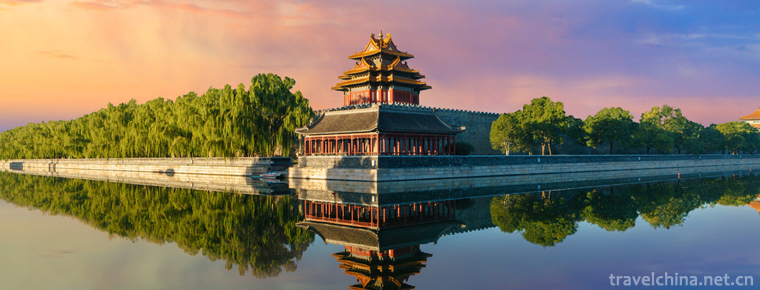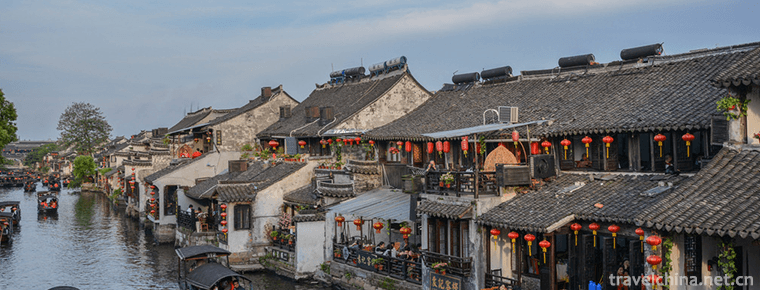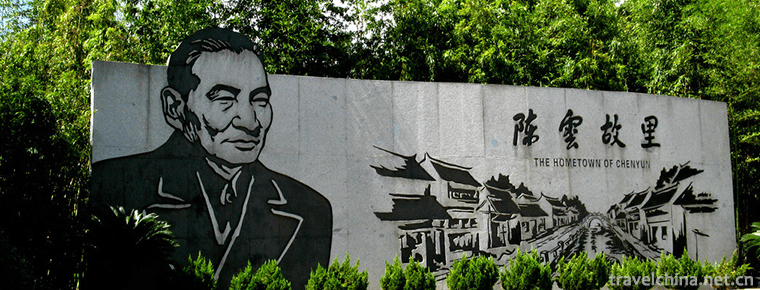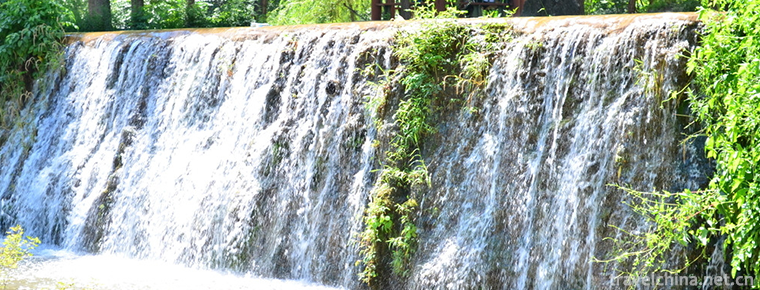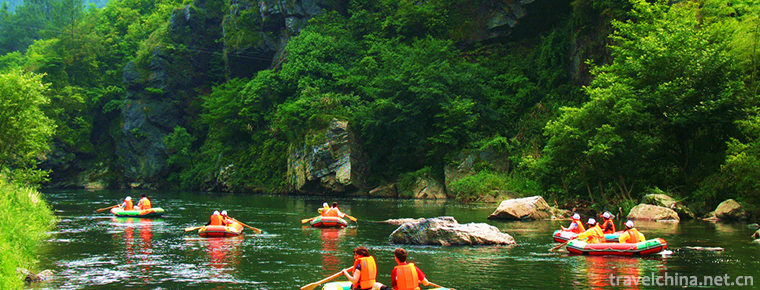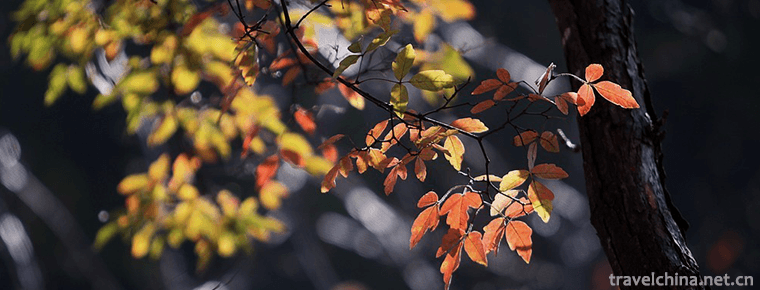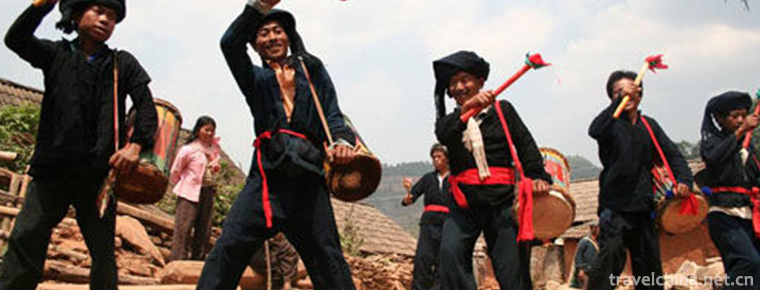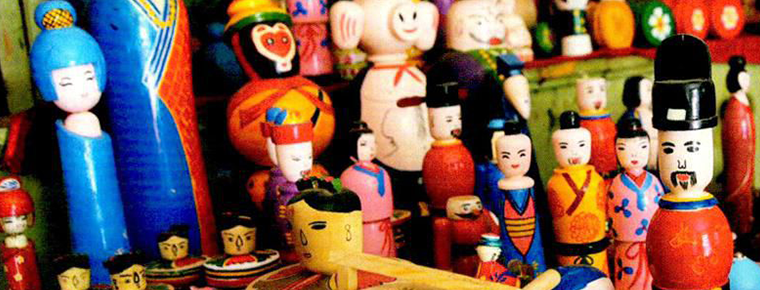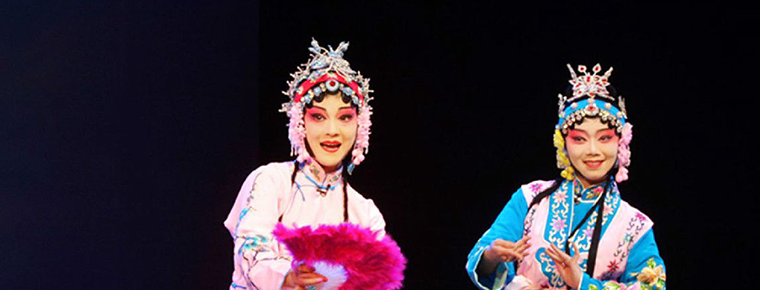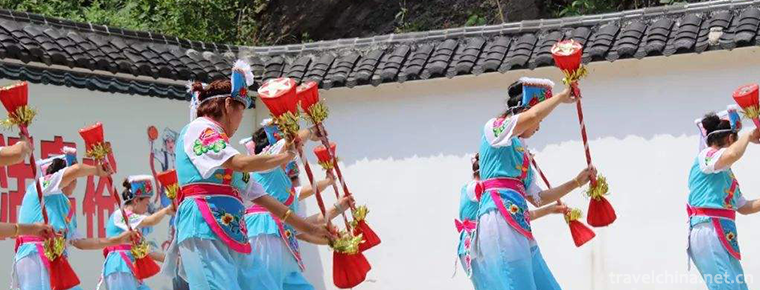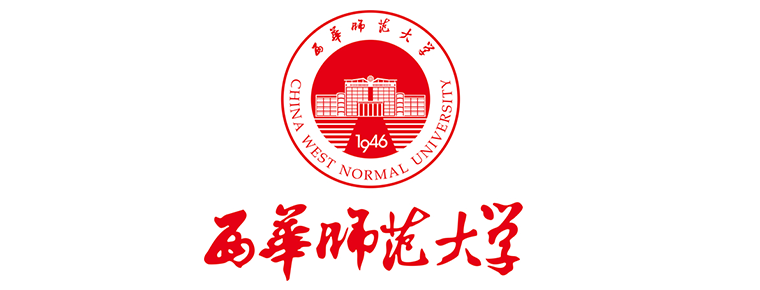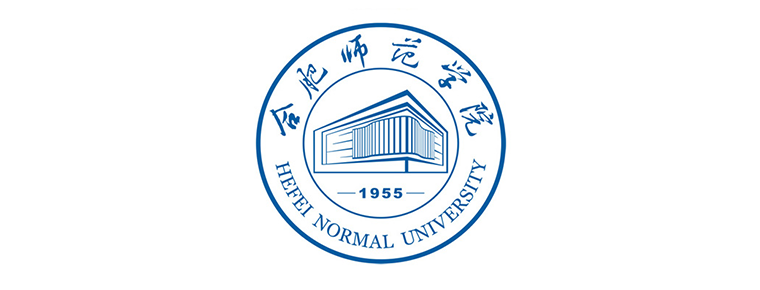Qingming Bridge Ancient Canal Scenic Area
Qingming Bridge Ancient Canal Scenic Area
Qingming Bridge Ancient Canal Scenic Area is located at the southern end of Wuxi city center, covering about 44 hectares of scenic area. The scenic spot is composed of two "Ya" millennial ancient rivers and two ancient streets along the rivers, which gather rich historical relics and humanistic landscapes.
Among them, the most famous one is the "Water Lane Hall in the South of the Yangtze River", which has the reputation of "Out-of-print Essence of the Ancient Canal". The sound of oars, shadows of lights, ancient bridges and houses along the coast constitute a natural picture of the ancient canal "folk customs and water painting outline". The ancient kilns, houses, streets, bridges, temples, pagodas, temples, alleys and wharfs in the Ming and Qing Dynasties can be regarded as a wonderful representation of Oriental culture.
introduce
Qingming Bridge Ancient Canal Scenic Area is located at the southern end of Wuxi City Center, covering an area of about 44 hectares. The scenic spot is composed of two "Ya" millennial ancient rivers and two ancient streets along the rivers, which gather rich historical relics and humanistic landscapes. Among them, the most famous one is the "Water Lane Hall in the South of the Yangtze River", which has the reputation of "Out-of-print Essence of the Ancient Canal". The sound of oars, shadows of lights, ancient bridges and houses along the coast constitute a natural picture of the ancient canal "folk customs and water painting outline". The ancient kilns, houses, streets, bridges, temples, pagodas, temples, alleys and wharfs in the Ming and Qing Dynasties can be regarded as a wonderful representation of Oriental culture.
Scenic Area Address
Address of scenic spot: junction of Jiefang South Road and Zhongshan Road, Wuxi City, Jiangsu Province (front square of Nanchan Temple)
Opening Hours
Opening hours: 8:30-21:30
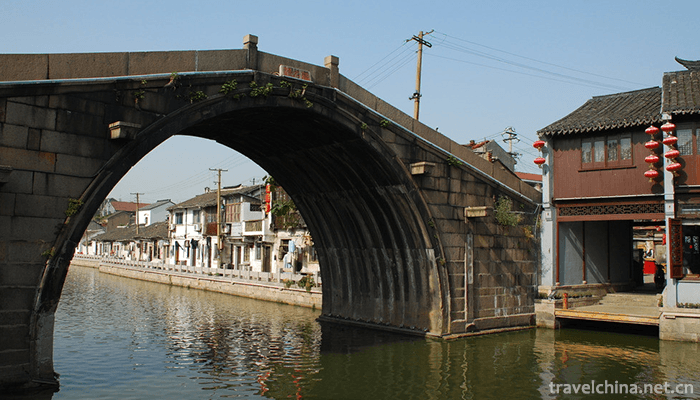
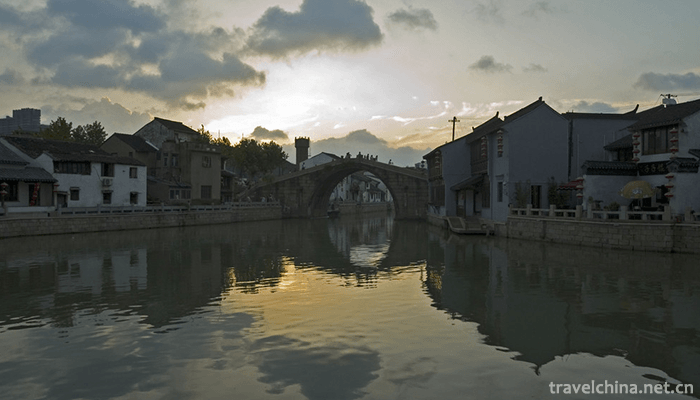
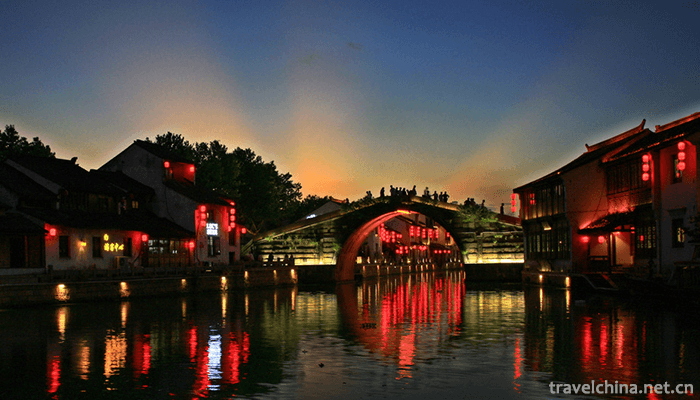
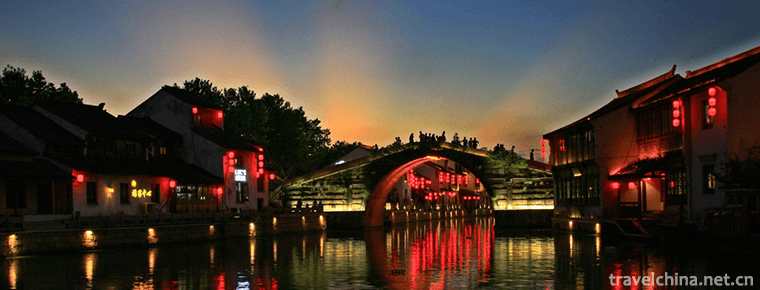
Qingming Bridge Ancient Canal Scenic Area
-
Xitang Ancient Town Tourist Scenic Spot
Xitang Town, belonging to Jiashan County, Jiaxing City, Zhejiang Province, is located at the junction of Jiangsu, Zhejiang and Shanghai. It has an ancient name of Xietang
Views: 229 Time 2018-12-07 -
Chen Yuns former residence and Qingpu Revolutionary History Memorial Hall
Chen Yun's former residence and the Qingpu Revolutionary History Memorial Hall are the only Memorial Hall in the country that systematically demonstrates Chen Yun's life achievements approved by the C
Views: 145 Time 2019-01-05 -
Huhu Water Eco Scenic Spot
Located in the southwestern edge of Pingshan County, Hebei Province, the old revolutionary area, the Biaoshui Eco-Scenic Spot has a tourist area of 11.5 square kilometers, an altitude of 800-1100 mete
Views: 241 Time 2019-01-12 -
Old Stork River Drifting
Xixia Guanhe Drifting Scenic Area is a national AAAA-level tourist attraction and a part of Funiushan World Geopark in Nanyang, China. Xixia County, Nanyang City
Views: 136 Time 2019-01-29 -
Songxian Tianchishan National Forest Park
The Tianchishan National Forest Park in Songxian County, Luoyang City, is located in Xionger Mountains, northwest of Songxian County, Luoyang City, with a total area of 1716 hectares and a forest cove
Views: 152 Time 2019-02-13 -
Butterfly Bucket Encouragement of the Browns
Buzz drum dance is a kind of collective dance of men and women of ancestral origin. It has great improvisation. There are two kinds of dance methods: He Xinfang and
Views: 327 Time 2019-04-04 -
Traditional Toys Tancheng Wooden Rotary Toys
Tancheng Wooden Rotary Toy is an ancient traditional handicraft. Originated in Fanyuan Village, north of Gangshang Town, Tancheng County, Linyi City, Shandong Province, it is commonly known as "p
Views: 195 Time 2019-04-21 -
Hanju Opera
Han Opera, a local traditional drama in Wuhan, Hubei Province, is one of the national intangible cultural heritage.
Views: 182 Time 2019-05-02 -
Encouragement of Sangzhi Battle
Sangzhi Bai people's fighting drum is mainly distributed in seven Bai villages and towns, such as Mahekou, Maidiping, Furong Bridge, Hongjiaguan, Zoumaping, Linxi River and Liu Jiaping. In other half
Views: 435 Time 2019-07-25 -
China West Normal University
Xihua Normal University is a key university in Sichuan Province. The school was founded in 1946 and began at the National Northeast University during the Anti-Japanese War. At the beginning of the Ant
Views: 237 Time 2019-08-31 -
Hefei Normal University
Hefei teachers college is located in Anhui province. Hefei City It is the first batch of "national special needs professional degree postgraduate" training pilot units, "national traini
Views: 183 Time 2019-11-12
